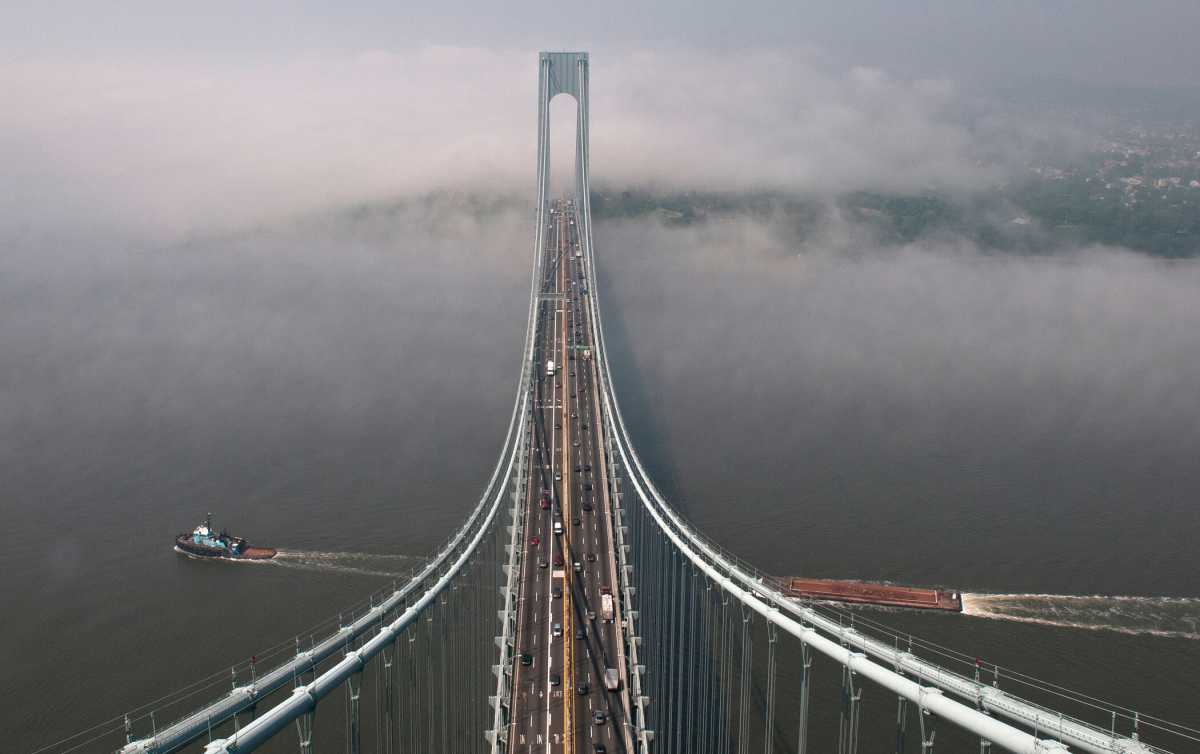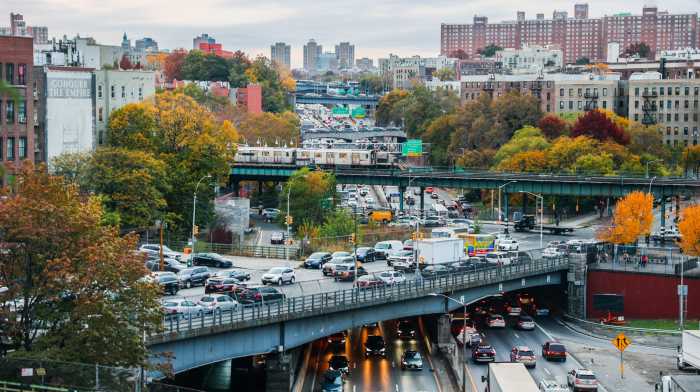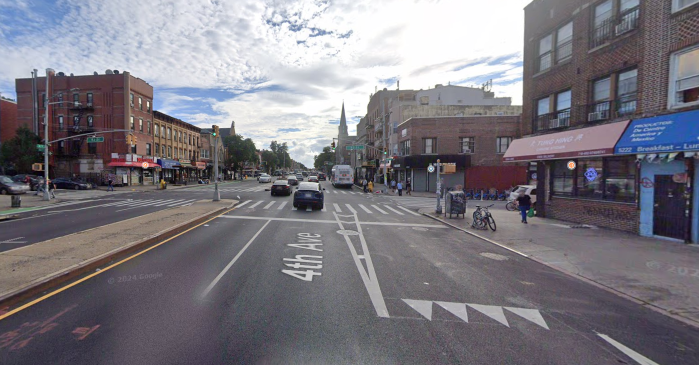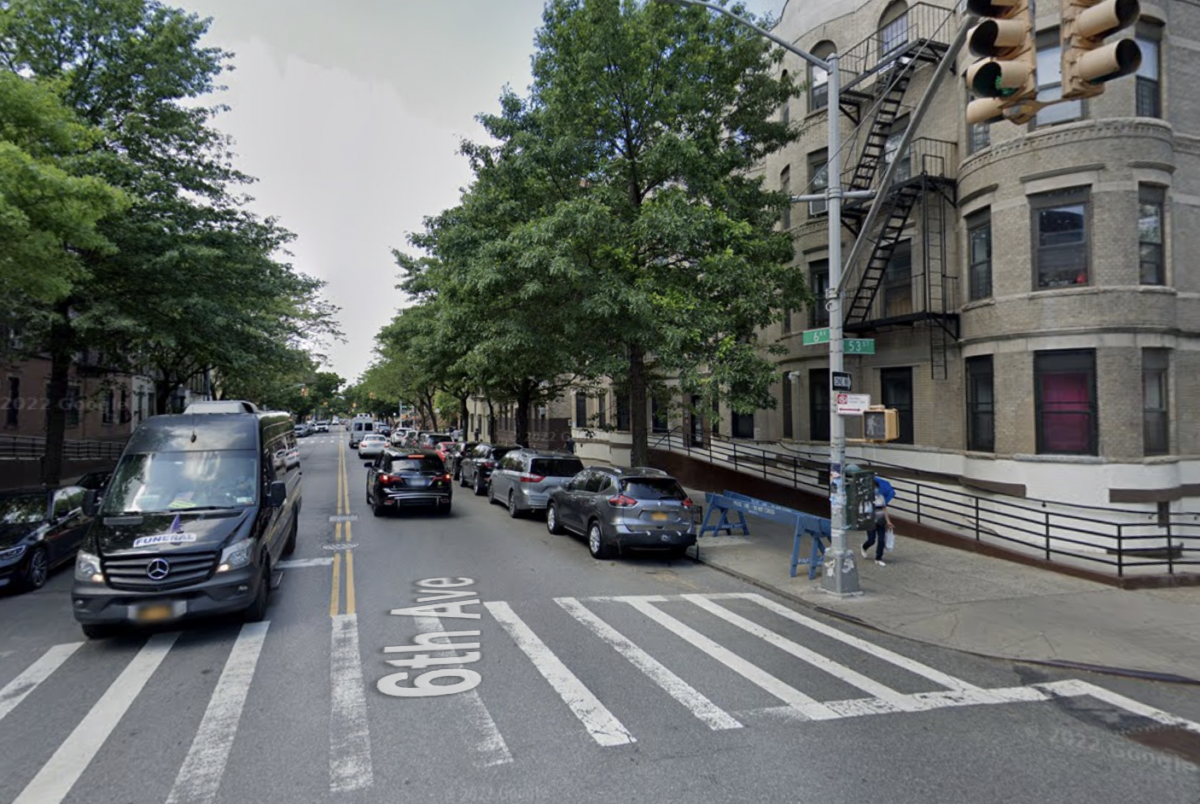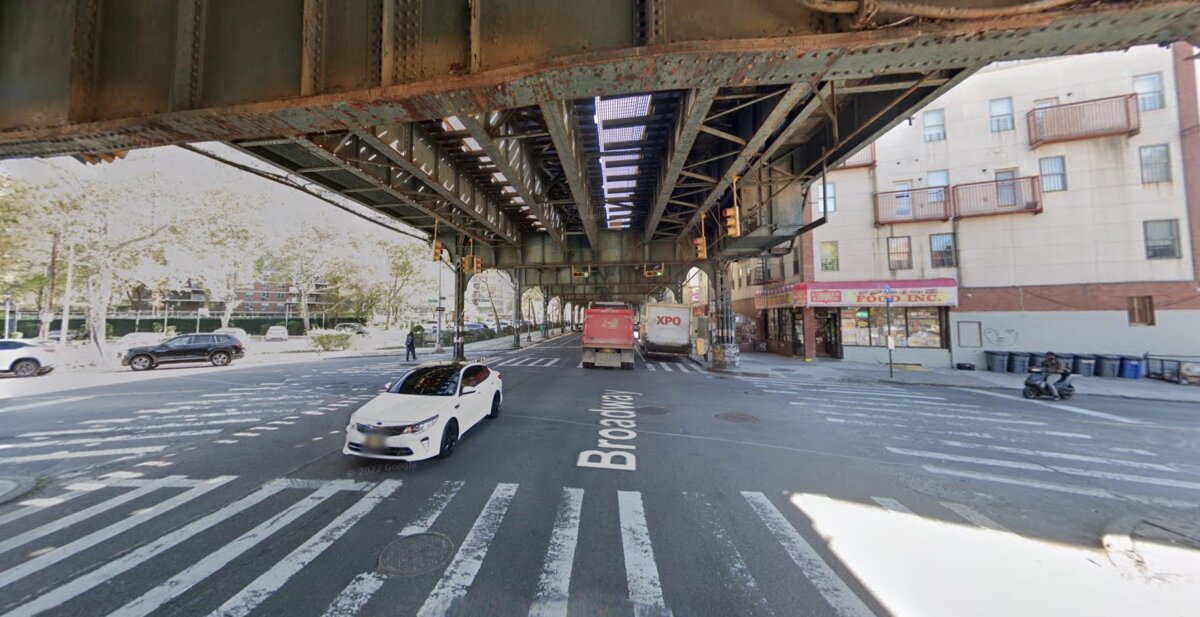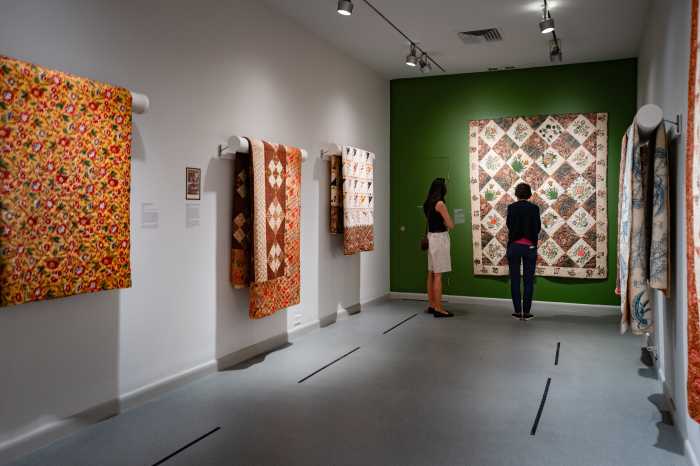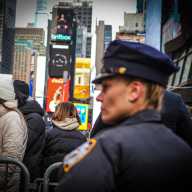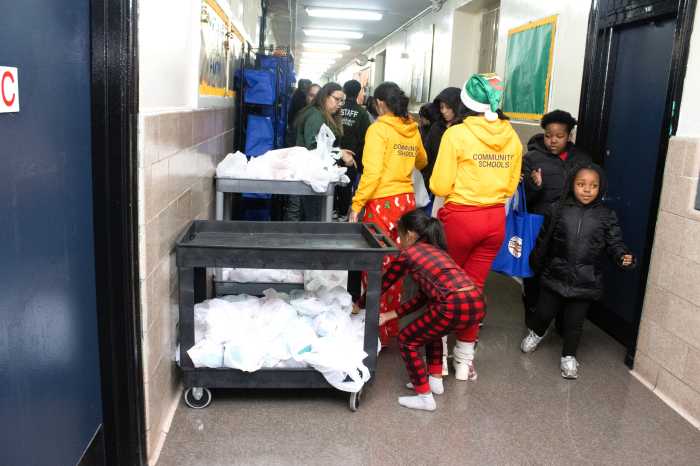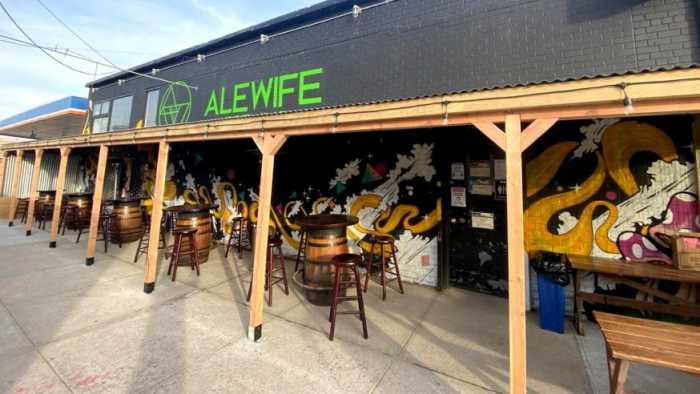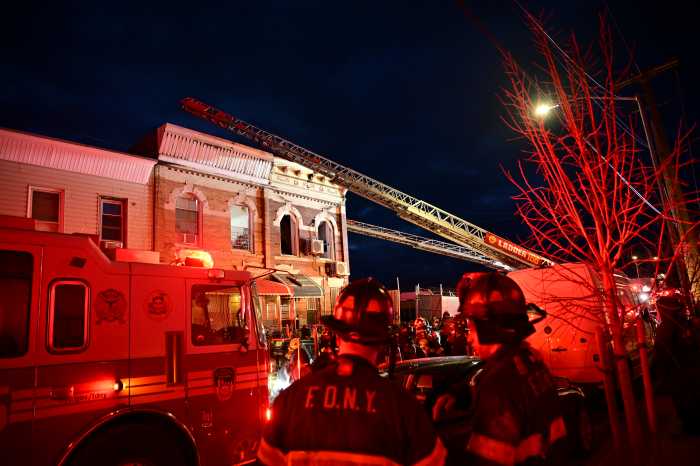The MTA is gearing up a plan to improve bike and pedestrian access to its mass transit system and bridges.
The Metropolitan Transportation Authority will release its so-called Bike, Pedestrian, and Micromobility Strategic Action Plan sometime this year after long resisting calls from advocates to open its bridges to New Yorkers who aren’t behind the wheel.
“We want to improve customer access to our environmentally friendly MTA services, however they get to their train or bus,” MTA Chairperson and CEO Janno Lieber said in a statement. “As a cyclist myself, I know that biking can be the perfect complement to mass transit.”
The state agency hired Sam Schwartz Engineering to consult on the project, which officials say will work toward better access to transit stations for bikes, pedestrians, and micro-mobility like e-scooters; integrating bike sharing services, and improving access to the infrastructure controlled by MTA’s Bridges and Tunnels division.
The Authority is also looking for written public comment on the project’s website.
The MTA is required by law to come up with the plan under legislation signed by Governor Kathy Hochul in late December, and one of the bill’s sponsors said it was time for the region’s main transportation agency to meet the growing demand for travel that isn’t dependent on cars.
“Expanding access for cyclists and pedestrians on MTA bridges, stations, buses, and trains will help us meet the growing demand of New Yorkers who are choosing sustainable forms of transportation,” said Bronx state Senator Alessandra Biaggi.
None of the MTA’s seven bridges and two tunnels currently allow cyclists to ride across or through them.
Four MTA-controlled bridges have a pedestrian path where bikers are supposed to dismount — a rule often disregarded by two-wheelers.
Those include the Robert F. Kennedy Bridge, the Henry Hudson Bridge, the Marine Parkway Bridge, and the Cross Bay Bridge.
Neither bike or pedestrian access are available at all on the Verrazzano-Narrows Bridge, the Bronx-Whitestone Bridge, and Throggs Neck Bridge, nor in its Hugh Carey and Queens Midtown tunnels.
MTA buses crossing the Verrazzano and Bronx-Whitestone bridges have bike racks for cyclists looking to go over the spans.
In southern Brooklyn, bike advocates have for years pushed the MTA to open the Verrazzano Bridge connecting Bay Ridge to Staten Island to non-drivers by converting one of its 13 motor vehicle lanes into a bike and walking path.
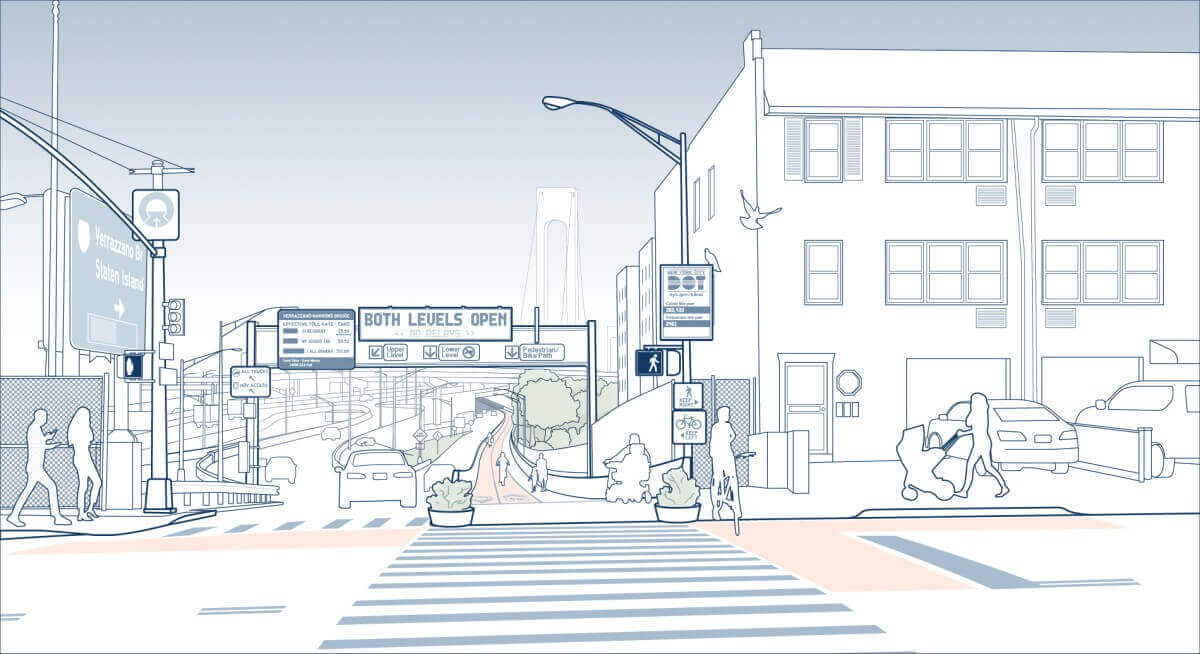
The MTA in 2015 proposed an elaborate $400 million bike path and walkway and rejected more affordable alternatives, effectively killing their own proposal on arrival by bloating its cost.
One Bay Ridge cycling booster was hopeful that the outside experts would shake up the MTA’s past resistance toward bike and pedestrian infrastructure.
“I expect them to bring in a different perspective that the MTA Bridges and Tunnels hasn’t had in the prior years,” said Brian Hedden, a co-founder of the group Bike South Brooklyn, which has advocated for the changes on the Verrazzano span.
The consultants and transit officials need look no further than New York City government, where Department of Transportation officials have dedicated paths for walking and biking on the the Brooklyn Bridge, Manhattan Bridge, Williamsburg Bridge, and the Queensboro-Ed Koch Bridge.
DOT in recent years repurposed car lanes for bikes on both the Brooklyn Bridge and the Pulaski Bridge, which runs between northern Brooklyn to Queens, showcasing cheap and easy ways to dramatically increase bike ridership.
Hedden noted that those city-controlled bridges mostly connect to Manhattan, while MTA’s spans are largely between the other four boroughs.
“What this kind of access would mean, would be bringing the same kind of mobility that exists between Manhattan and other boroughs to mobility between the outer boroughs themselves,” he said.
On the MTA’s two commuter railroads — the Long Island Rail Road and the Metro-North Railroad — the agency required cyclists to get a permit to bring bikes on board until last August.
Metro-North opened a six-bike storage pod at Grand Central Terminal in February, and the MTA plans to work with the city’s DOT to install bike racks near subway stations.
To submit comments for MTA’s Bike, Pedestrian, and Micromobility Strategic Action Plan, visit www.new.mta.info/bike-micromobility-strategic-action-plan.



